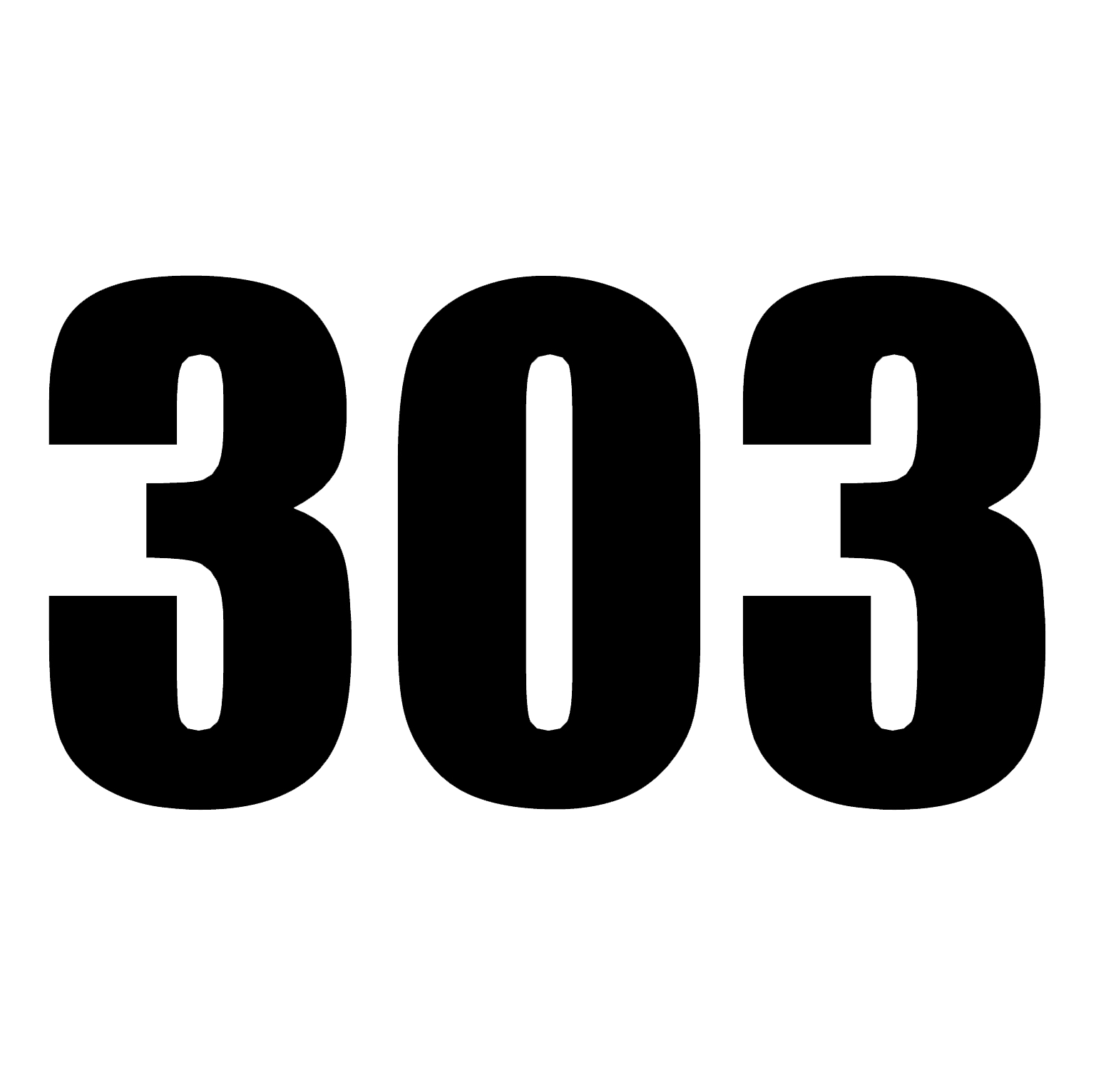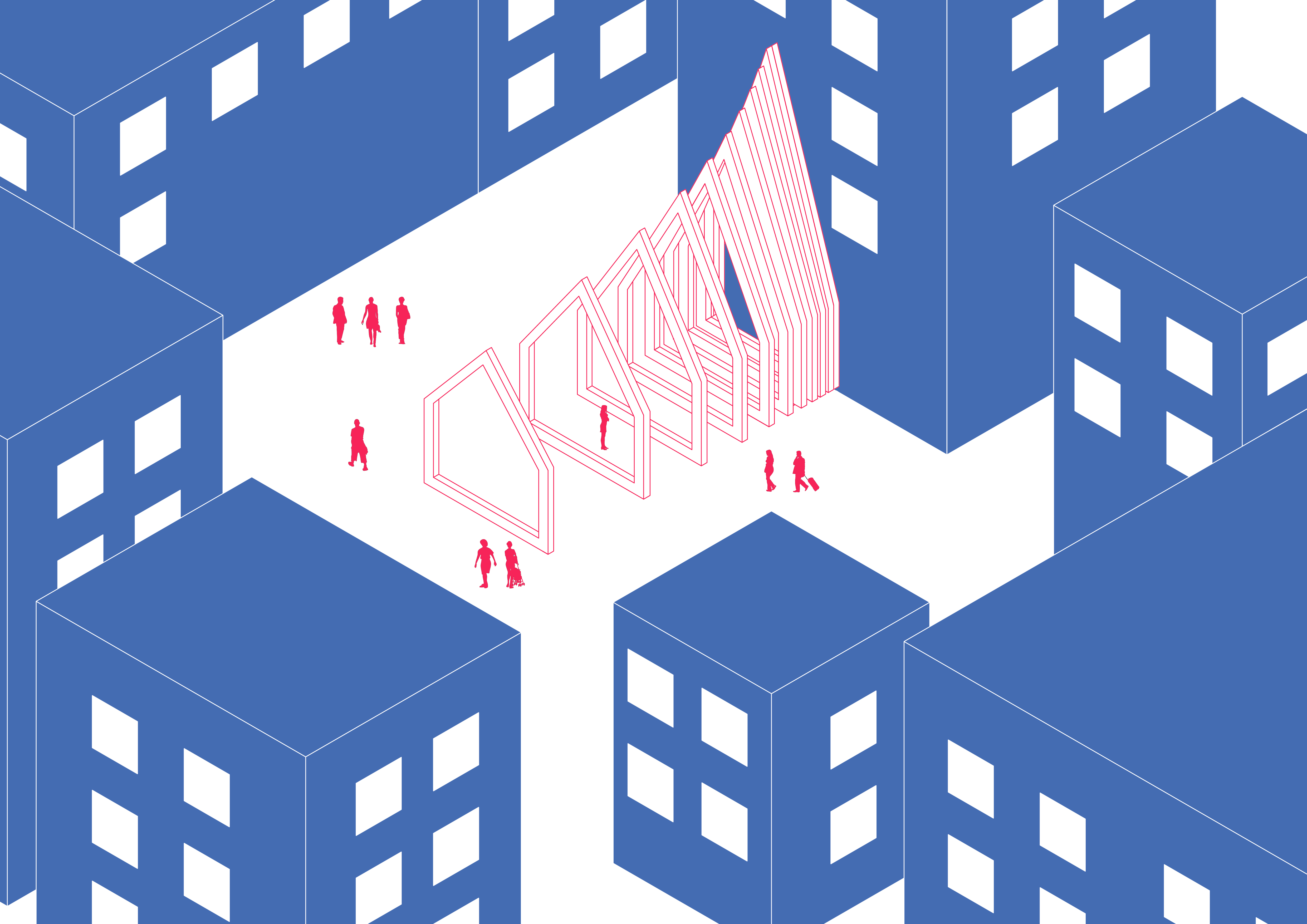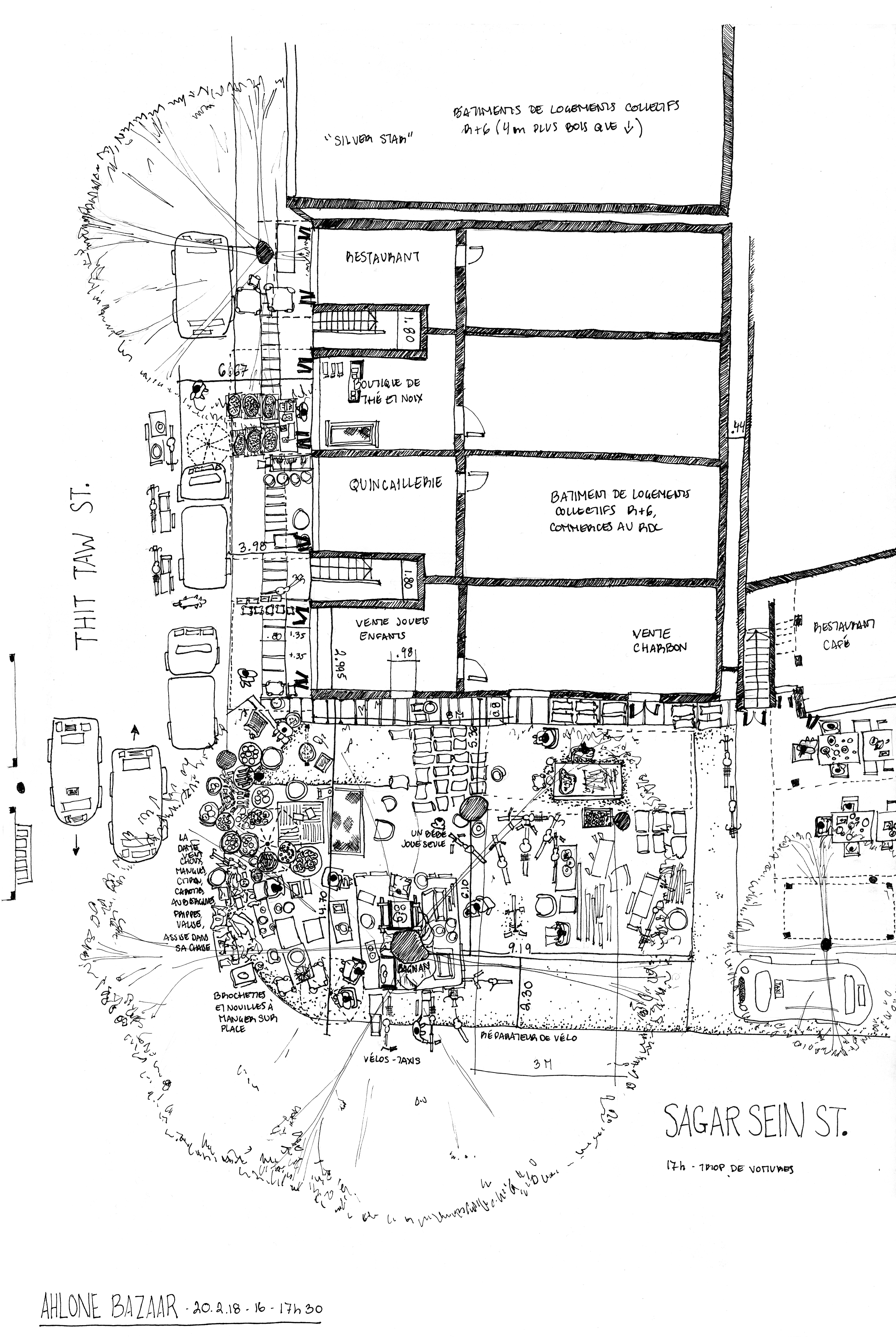The first sentence of the Wikipedia article a defining public space reads: A public space is a place that is generally open and accessible to people. What are common ways of using an open space and to which extent is it free to use? Exploring the concept of rating architecture works based on the value of how well the creators predicted their usage, I’ve stumbled upon a question: If a contemporary urban surrounding is nothing more but architecture, how are we being tricked? The role of an existing architect is no different than the one in the matrix: his / her main goal is to create a specific experience.

The focus of my project is locating the economically and socially endangered citizens in public spaces and analyzing the boundaries of their usability set by the authorities. By having local interventions such as splitting the benches, choosing cold materials or even completely deforming them as a way of minimizing the possibility of their use, having spikes put in front of stores, public buildings and such, the state is sending a clear message, legally filtrating their citizens according to their before-mentioned status.
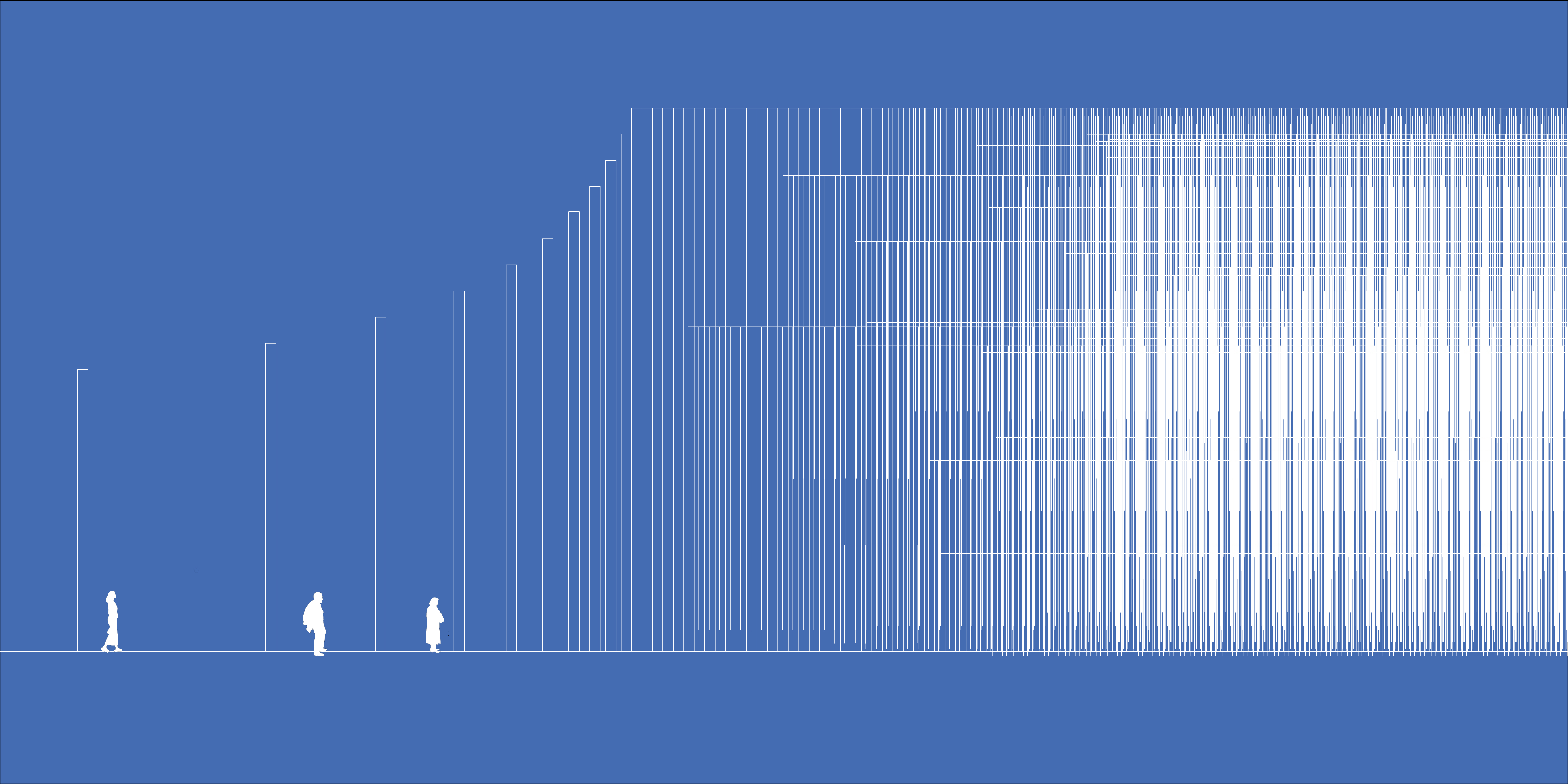
Instead of trying to create a centre where the homeless would be sheltered, the whole idea is to make some type of installation that is supposed to be put in urban hubs of cities with the purpose of provoking the public. Using the archetype form of a house, this object is a simulation of home. Having a segmented two-dimensional structure ought to tear the borders among these two terms, or more precisely merge them – public spaces are mutual homes.
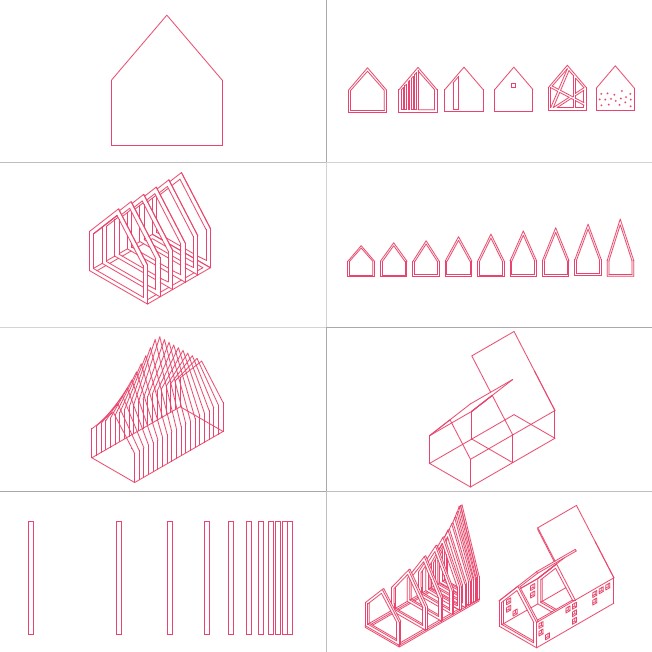
Author: Boban Živanović
[Best_Wordpress_Gallery id=”89″ gal_title=”boban”]
